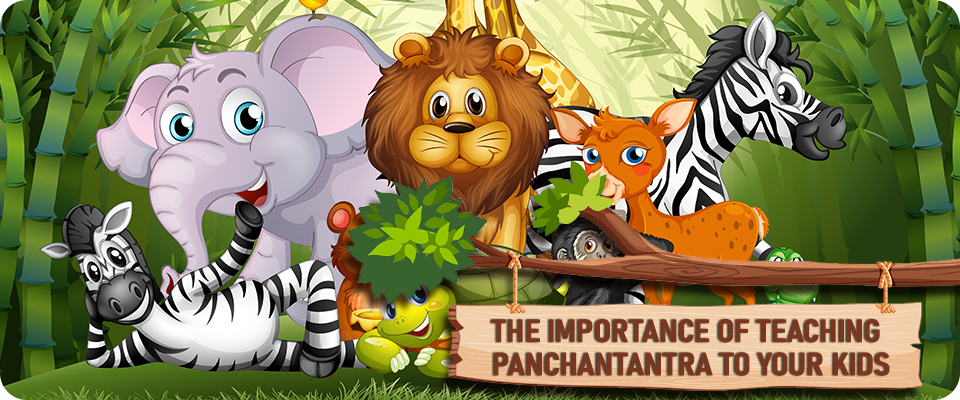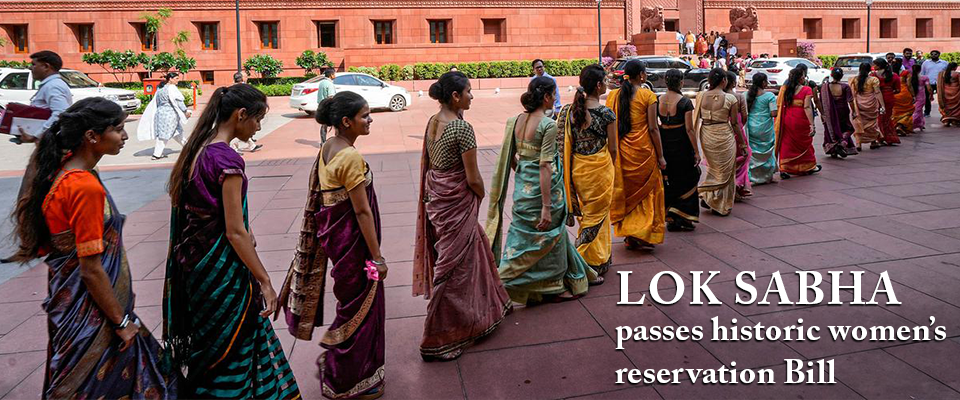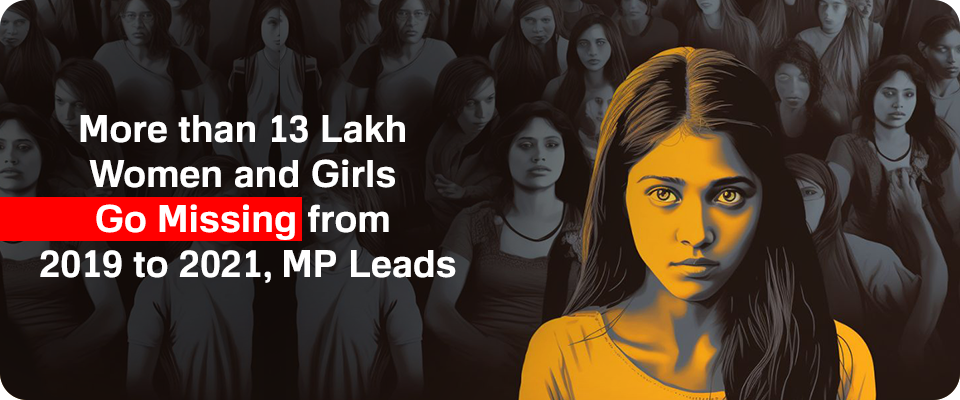![]() English
English
Parenting
The Importance of Teaching Panchantantra To Your Kids

Kids love listening to stories. Whether it is a bedtime story or grandma’s folk tale, children get excited just by the mention of stories. Among all the kids’ stories present in the world, Panchantantra tales are one of a kind. The values & human morals these simple stories convey are profound. Kids are strongly influenced by their surroundings. The scenes they witness, and the words they hear have a great impact on them. So it is quite essential to teach them about morals and give them a better understanding of these through Panchatantra stories.
Panchantantra, the ancient Indian folklore is one of the oldest collections in the world of literature. It is a collection of fables representing policy or niti. It was originally written in Sanskrit, which is an Indo-Aryan language, around the 3rd century BC. The word Panchantantra is a combination of “Pancha” which means five in Sanskrit and “tantra” which means weave. It means the interweaving of five coils of teachings & traditions into a script. Panchatantra tales are composed by Pandit Vishnu Sharma. This old book continues to inspire people from one generation to another to relay the messages of the wise conduct of life through simple stories.
How Panchantantra Came Into Existence?
Panchatantra is interpreted as “Niti-shastra” or a textbook of nitis (policies). Hundreds of years ago there lived a king named Amarasakti, who hired a scholar to train his three sons (princes). These princes were labelled as foolish & stupid and on top of that they hated studying. The scholar then undertook the task of training these princes to master the art of smart living called ‘niti.’
The Panchantantra stories contain the wisdom of ages and are interrelated while being encompassing. Animals, wit, humour, morals, life lessons, and everything else, you can find all these in Panchantantra. It is the best choice to opt for reading Panchatantra to your kids.
The Five Principles of Panchatantra
The tales of Panchatantra are based on these five principles. It has almost 50 stories divided into five volumes. Those principles include:
- Mitra Labha (Gaining Friends): This volume of Panchantantra is a collection of interrelated stories related to gaining friends. Fables falling under this principle teaches your kids the importance of gaining friends in life and how a good circle of friends leads to greater heights in life.
- Mitra Bheda (Losing Friends): This volume of Panchatantra is a collection of stories related to losing friends. The fables revolve around two themes falling under this principle. Firstly, losing a friendship is traumatic and secondly, why do we lose friends.
- Aparikshitakarakam (Acting without Thinking): This volume of Panchatantra has a rare collection of stories that speaks about how imprudence can make you lose what’s important in your life. These tales tell the importance of why a person should avoid acting without thinking at all costs. And tells about the significance of planning the actions.
- Labdhapranasam (Loss of Gains): The stories from this volume of Panchantantra tell about how to overcome a difficult situation without losing your willpower and hope. Everyone goes through some difficult phases and times in their lifetime and these fables tell about crossing these obstacles and hurdles.
- Kakolukiyam (Crows and Owls): The stories under this principle teach you about the strategies and rules associated with war and peace. This can be a good training ground for young minds to understand the value of peace over war. These fables falling in this volume will give your kids an insight into the importance of peace in their daily lives.
Importance of Reading Panchatantra to Your Kids
- It is a fun reading activity. Since almost every character is an animal representation in Panchatantra that adds to the fun factor while reading it to your kids. Children are attracted to animals, so this book serves as a past-time or bedtime storybook to impart a powerful moral message to the kids.
- Reading stories to children improves their imagination & visualisation and widens their scope of understanding of the world. It builds both their listening and language learning skills. Panchatantra tales are written in a fun-filled manner, so it piques the curiosity of a kid while better understanding the reaction of each action through animals.
- These kinds of stories help in the development of the brain in a child and give them an understanding of how to tackle their problems via the messages conveyed through each fable.
- Reading these enroots moral values in children from a very young age. These stories serve as the best guide to implanting these values into their brains.
- Storytelling in general will provide you with quality time with your children through which a good parent-child bonding can be formed. It strengthens the bond while making it an engaging conversation by answering the questions asked by your kids.
Famous Panchatantra Tales
- The Monkey & The Crocodile: A story about a quick-witted monkey who tricked the crocodile and saved his life from the trap set up by the crocodile.
- The Foolish Lion & The Clever Rabbit: A story about a smart, wise rabbit who teaches the selfish, egoistic lion a life lesson as the story proceeds.
- The Elephants & The Mice: This is a story that evolves around the proverb an ‘a friend in need is a friend indeed.’
- The Loyal Mongoose: This story revolves around a mongoose and its owner & speaks about how haste decisions and actions lead to disasters.
- A Tale of Three Fish: This is a story about three fishes who lived together for years in the same pond and how important it is to act quickly when trouble befalls them.
- The Tortoise & The Geese: A story about how staying silent in some situations works in our favour and saves us from some troubles.
- The Wise Minister’s Advice: This story is about how a smart decision can make miracles happen.
- The Jackal & The Drum: This is a story about a brave jackal who took a risk and was rewarded with success in the end.
- The Musical Donkey: A story about a donkey who acted out without taking into consideration of surroundings and suffered the consequences.
- The Stork & The Crab: This story tells you about being too greedy can result in harm and too much greediness ends up in problematic situations.
Final Thoughts
Panchatantra is not restricted to only kids, this wonderful collection of fables can be read by anyone regardless of age. These stories not just ignite curiosity but also helps a kid to understand human behaviour and human tendencies through the actions & subsequent reactions of different characters. Panchatantra tales are evergreen & classic and are a perfect way to demonstrate moral values through stories to your children. Happy Reading!




